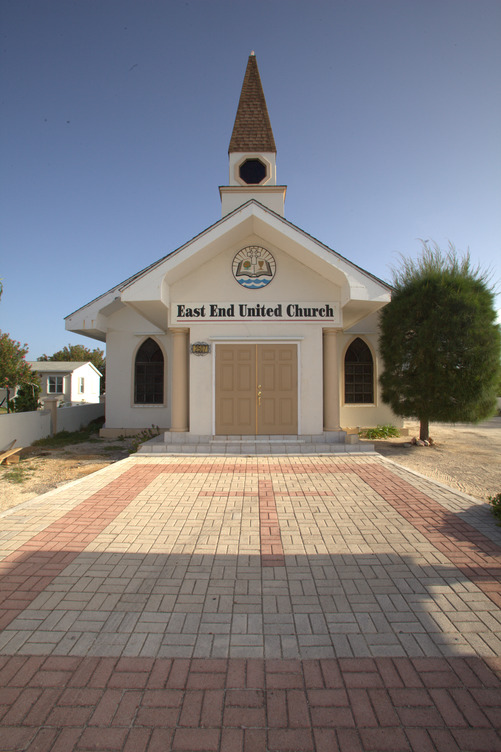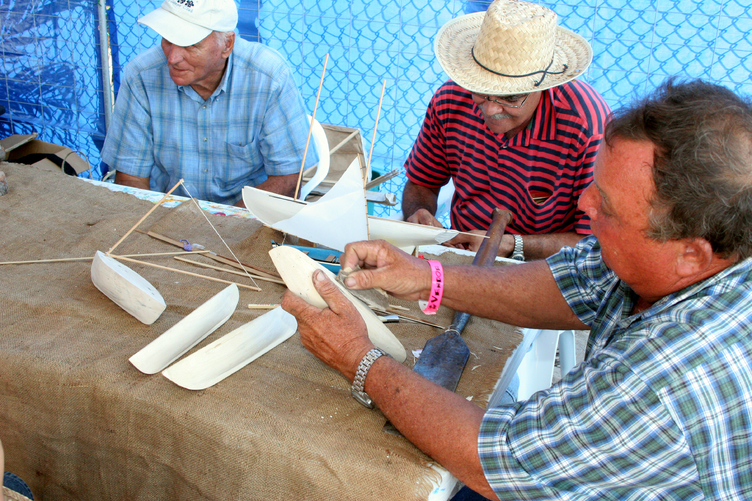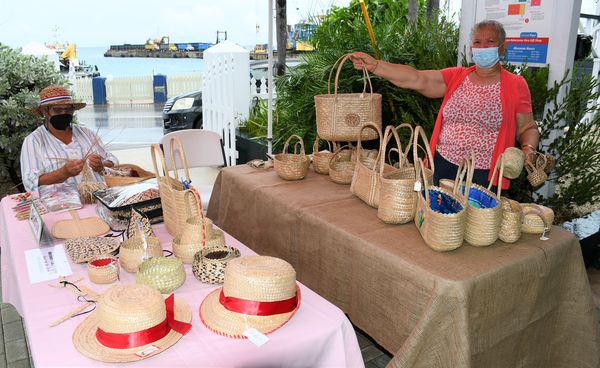Our Islands - GOV.KY
Our Islands
The Cayman Islands is a British Overseas Territory located in the Western Caribbean. It is comprised of three Islands – Grand Cayman, Cayman Brac and Little Cayman.
Location
The Islands are situated 480 miles southwest of Miami, about 277 miles south of Cuba, and 310 miles northwest of Jamaica. Cayman Brac is 89 miles northeast of Grand Cayman and Little Cayman is 5 miles west of Cayman Brac.

Capital
The capital of the Cayman Islands is George Town, in Grand Cayman.
History
Reputed to be discovered by Christopher Columbus in 1503, the first settlers came here in 1638. The Islands were handed over by Spain to Great Britain in 1670 with a larger influx of settlers arriving from early 18th Century. The Cayman Islands were administered as a dependency of Jamaica from 1863. Upon Jamaica's independence, the Cayman Islands opted to become a direct dependency of the British Crown, and received its first constitution in 1959. See our complete History page for more information.
British Overseas Territory
The British Nationality Act 1981 came into force on 1 January 1983, which separated Citizens of the United Kingdom and Colonies (CUKCs) into three categories: British Citizens, British Dependent Territories Citizens, and British Overseas Citizens. British Overseas Territories Citizenship (BOTC) was called ‘British dependent territories citizenship’ before 26 February 2002.
Persons automatically became a British citizen on 21 May 2002 if they were connected to the following qualifying British overseas territories: Anguilla, Bermuda, British Antarctic Territory, British Indian Ocean Territory, British Virgin Islands, Cayman Islands, Falkland Islands, Gibraltar, Montserrat, Pitcairn Islands, Saint Helena, Ascension and Tristan da Cunha, South Georgia and the South Sandwich Islands, and Turks and Caicos Islands. Learn more on GOV.UK.
Population
The Cayman Islands is home to a vibrant mix of cultures, with more than 130 nationalities living and working across its three islands. While Jamaica and the Philippines continue to represent the largest groups among work permit holders, many others come from the United Kingdom, India, Canada, and the United States, reflecting the Islands’ diverse and global community.
According to the Economics and Statistics Office (ESO), the Cayman Islands’ population was estimated at 88,833 at the end of 2024—an increase of more than 17,000 people since the 2021 Census. Of this total, 40,633 were Caymanians, 40,016 were non-Caymanian residents, and 8,184 were permanent residents with the right to work.
The Islands’ workforce mirrors this diversity. The labour force stood at 60,828, with 59,393 employed, resulting in an overall unemployment rate of just 2.4 percent—one of the lowest in the region. Caymanians made up about 37 percent of the labour force, with a Caymanian unemployment rate of 4.6 percent. Non-Caymanians accounted for roughly 55 percent of all workers, while permanent residents made up about 8 percent.
Demographically, the Cayman Islands continues to be a youthful yet steadily ageing society. The 30-to-49-year-old age group remains dominant, while children under 15 account for about 15 percent of the population and older persons aged 65 and over represent around 8.5 percent. Surnames such as Ebanks, McTaggart, Chisholm, and Bodden still abound, tracing deep cultural ties back to early settlers from across Great Britain—from Scotland through to Cornwall. (This heritage reference is drawn from the 2021 Census of Population and Housing and related historical records from the National Archives of the Cayman Islands.)
Together, these figures tell the story of a nation that has grown rapidly while maintaining its unique heritage—a place where people from around the world come together to live, work, and build a shared future.
For more information, visit the Economics and Statistics Office (ESO) website, which provides official statistics and macroeconomic forecasts in accordance with international standards.
Religion

Christianity has played a large role in the lives of Caymanians, and there are a variety of churches. The largest according to the 2021 Census are:
Culture
Caymanians have a tradition of hardiness and independence of spirit, which sustained them through many difficult years when their home was sometimes referred to as "the islands that time forgot." In those years, Caymanian men earned a livelihood at sea, either as turtle fishermen or as crew members on foreign-owned ships, or by working in North and Central America. As skilled seamen, they were highly sought after by multi-national companies that would have them working in all corners of the globe. In 1906, more than a fifth of the population of 5,000 was estimated to be at sea, and even as late as the 1950s the government annual report said that the main "export" was seamen whose remittances were the mainstay of the economy.


Many Caymanians have travelled the world as merchant seamen and others have lived and worked for long periods in the United States, Central America, Canada and Europe. Others, older Caymanians, have never left their island home.
Since the 1970s, the economy has grown in remarkable fashion thanks to tourism and financial services. Over the last 30 years, governments have pursued policies aimed at developing the infrastructure, education, health and social services, and fostering stability, which is an important factor in the economy’s continued growth.
Our Caymankind spirit carried us through the challenging times of the COVID-19 pandemic, allowing us to rebuild and recover. This demonstrated that our rich culture of community solidarity and resilience can overcome any adversity.More recently, Cayman has undertaken the initiative to emphasize the importance of preserving and sharing Caymanian heritage and culture with younger generations.
This effort aims to ensure the longevity and vitality of the heritage beyond the older generation of Caymanians. By educating younger Caymanians about the significance of their heritage and encouraging them to celebrate their culture, we are fostering a community with strong, unified moral values. This initiative promotes the practice of Caymankind among residents and visitors alike.
References:
Ministry of Education. (2009). Steps to Equality: The Struggles and Achievements of the Pioneering women who Fought for the Right to Vote [Pamphlet]. Grand Cayman, Cayman Islands: Ministry of Education.
Ministry of Health and Culture. (2017). National Culture and Heritage Policy & Strategic Plan for the Cayman Islands 2017-2026. Grand Cayman, Cayman Islands: Ministry of Health and Culture.

